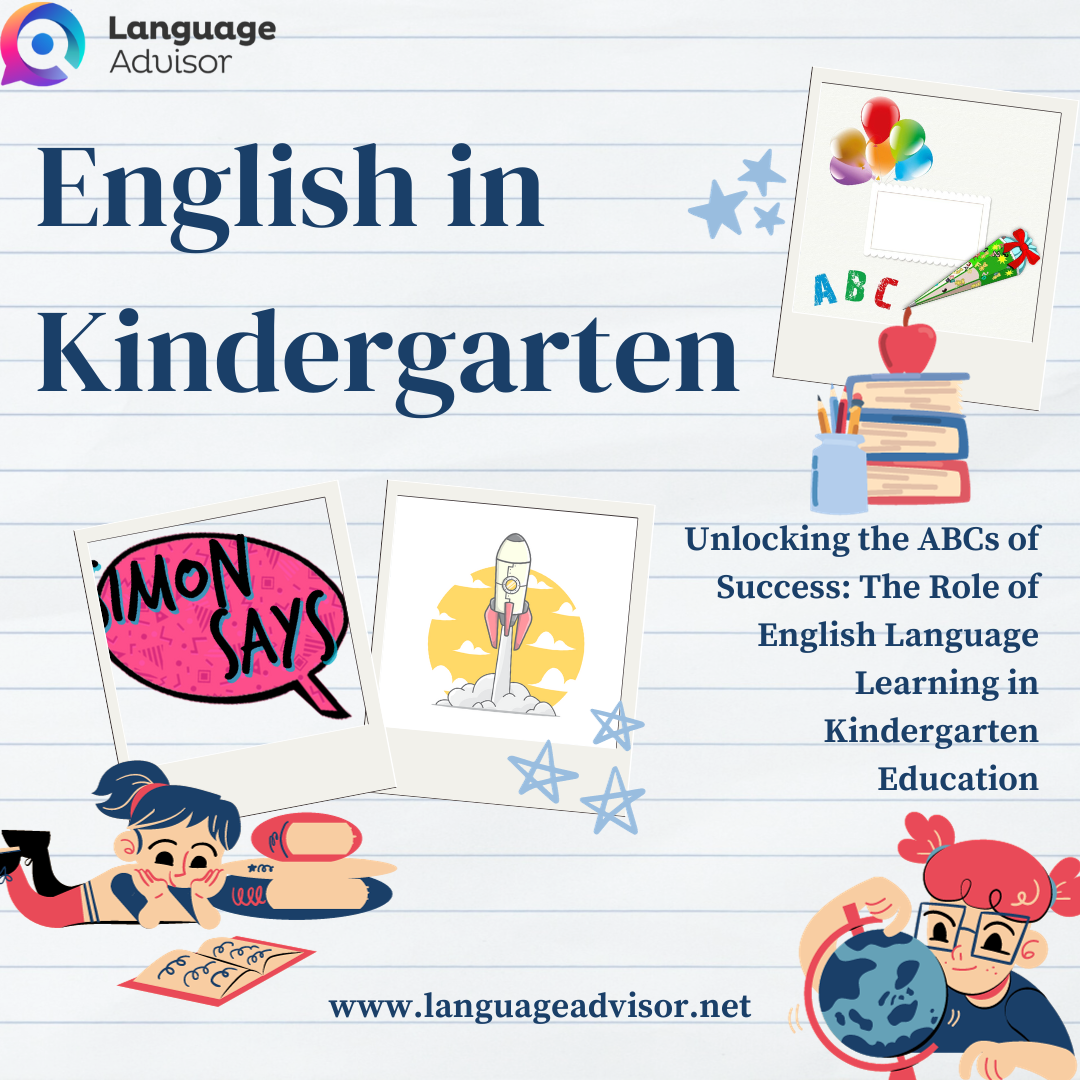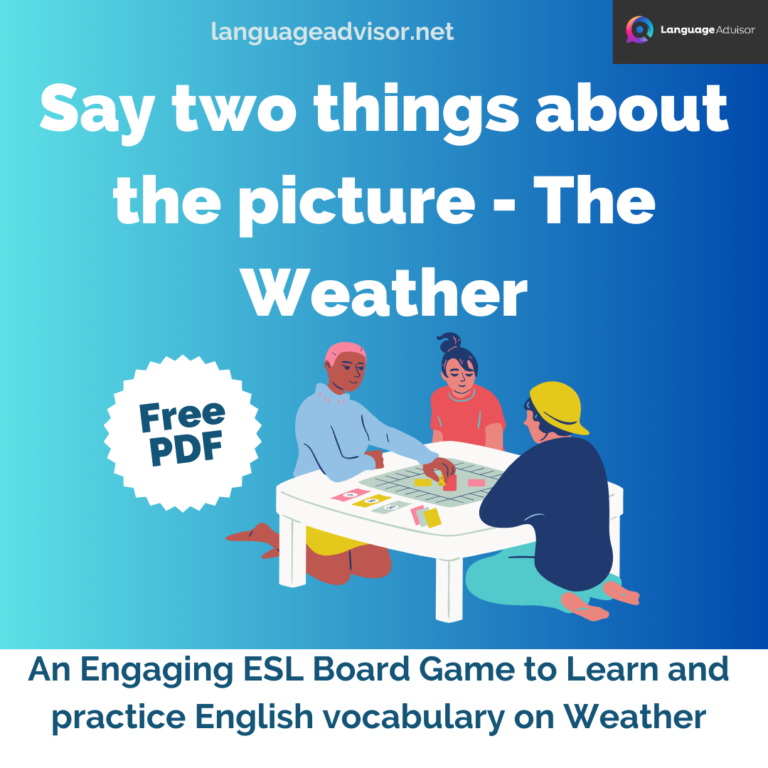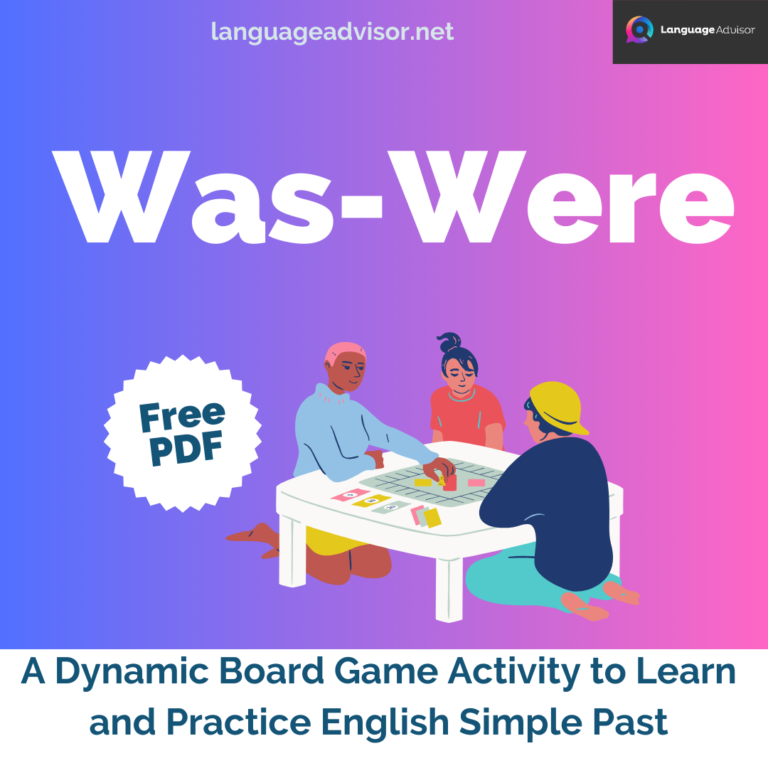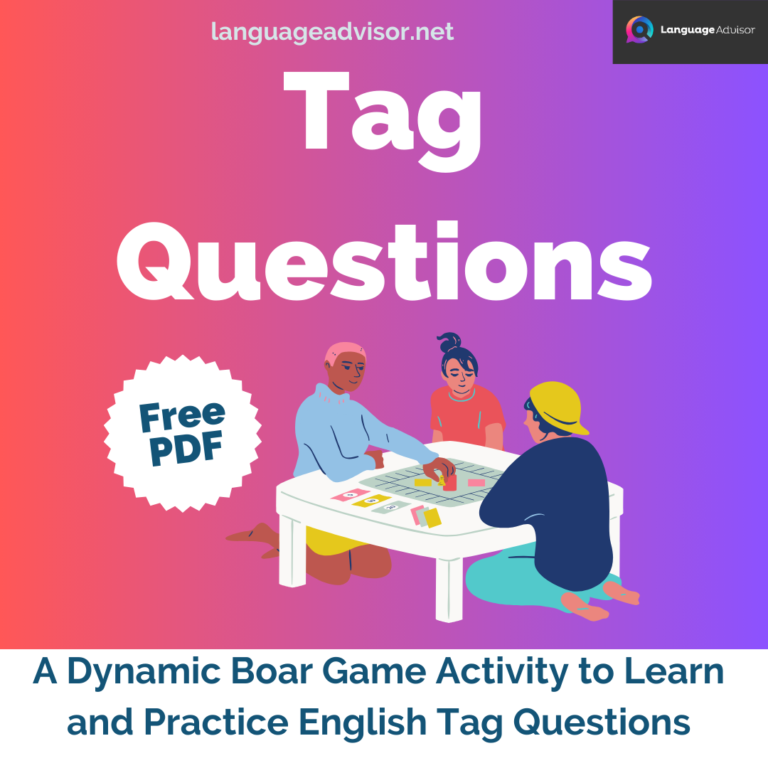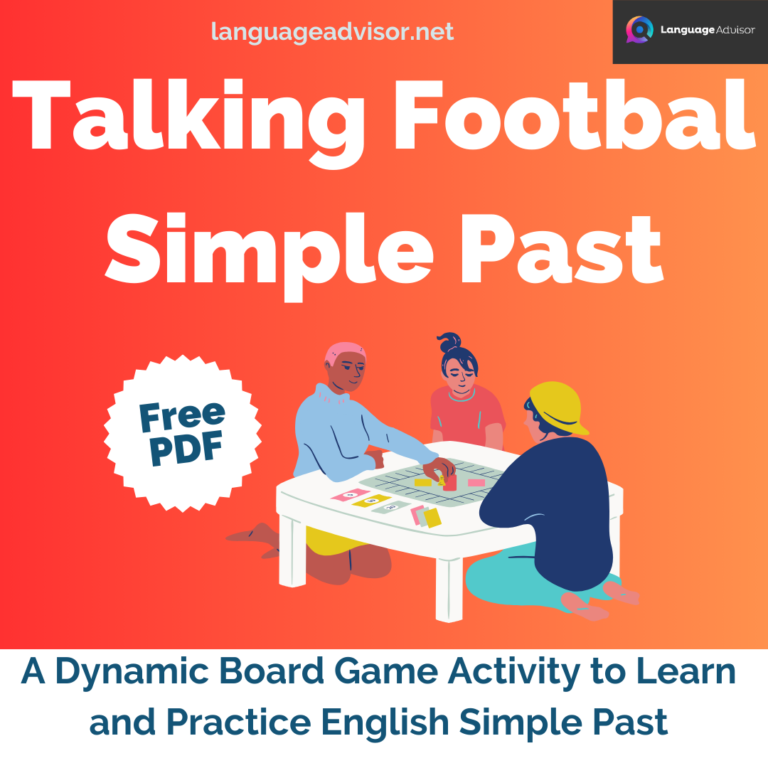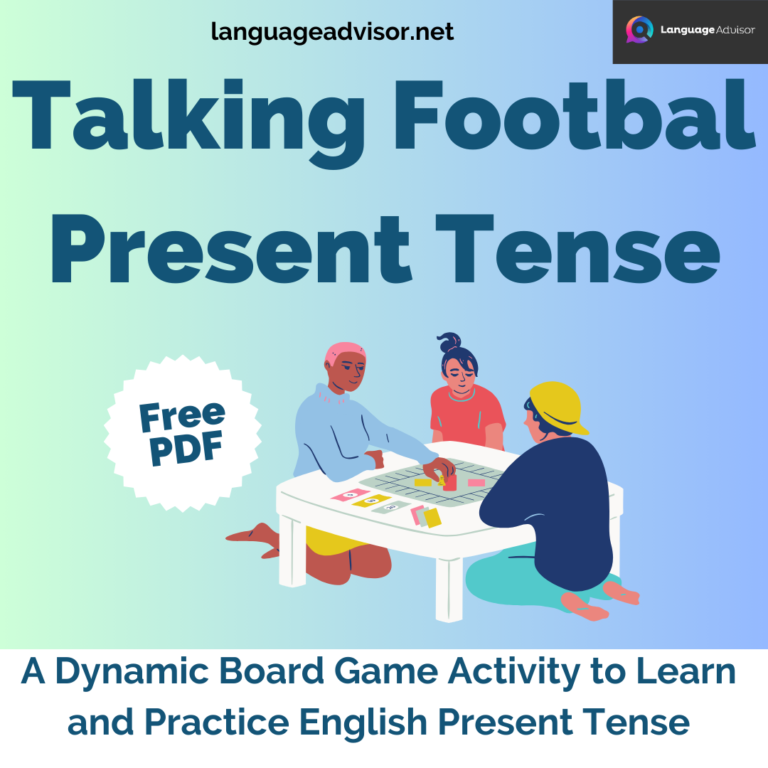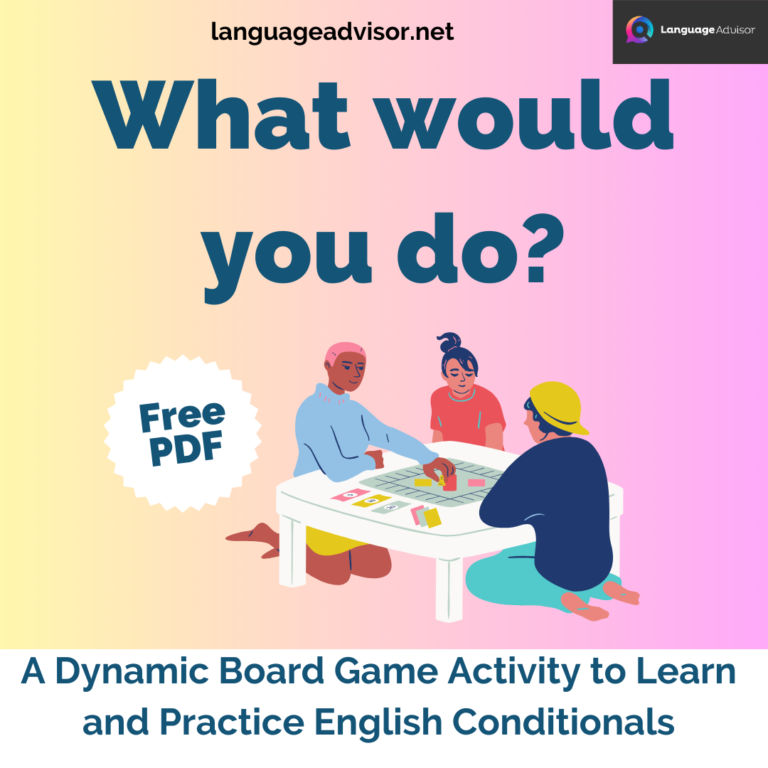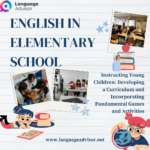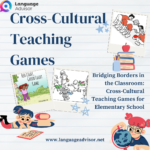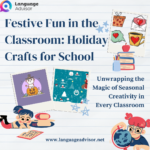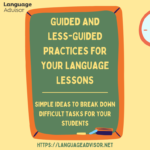English in Kindergarten. Unlocking the ABCs of Success: The Role of English Language Learning in Kindergarten Education
English in Kindergarten

English in Kindergarten
Kindergarten, often referred to as a child’s first formal step into the world of education, is a remarkable journey filled with wonder, curiosity, and boundless potential. In recent years, there’s been a growing emphasis on introducing English language learning into kindergarten classrooms.
Teaching English in kindergarten is an easy and enjoyable experience. Unlike their adolescent counterparts, few young children have inhibitions about speaking English, and display a remarkable eagerness to learn and perform. The following ideas have all been used with classes of five and six year olds, with class sizes ranging from 20-28. All have worked, and all are fun. Most of the games and activities can be easily adapted to suit kindergarten children, but remember that this age group has a short attention span, so you will need to do less explaining, and more showing and doing.
Kindergarteners also have a lot of energy, which can be used to your advantage- get them to use English as actively as possible.
Keep in mind, however, that emphasis at this stage should be on speaking and listening. Teaching ABCs only teaches the names of the letters, but not the sounds themselves – children cannot communicate with ABCs. Also, bear in mind that English songs will only work if there is very simple vocabulary and lots of repetition.
English in Kindergarten: Adjusting Classes for the Age Difference
The range of maturity and ability from kindergarten to 6th grade is enormous and will affect your class planning and activity selection. The enthusiasm with which you are met is unlikely to be matched anywhere else.
English in Kindergarten: ADVICE AND PREPARATION
Here are a number of tips and ways of preparing for a successful kindergarten or elementary school lesson.
- Make a lesson plan, but keep it flexible. Prepare more activities than you have time for.
- Avoid games that could potentially get violent. Students often get carried away.
- Laminate anything you want to use again.
- Do not scrap an activity just because it did not work in one class. It may work fine the next day with a different class.
- Keep the class student-centred at all times. Have the students give out handouts and collect up afterwards etc. It takes the pressure off you and keeps them occupied.
- Use incidental language as much as possible. This will help them remember it and how to use it (ie., “Hello”, “Here you are”, “Thank you”, “You’re welcome”, “Bless you”, etc.)
- Keep things simple. Games you spent hours preparing are often the first to flop. Explanations should be carried out within a minute or two.
- Do not jump randomly between topics. Keep activities related.
- Phrases should be repeated frequently.
- PLAY between classes and TEACH during them.
- Praise individuals.
- Using a game more than once saves explanation time.
- Make vocabulary posters to save time.
- Balance activities that “stir-up” and “settle down”.
- Make name cards so you can address the children as individuals.
- Prepare an activity or video in case you are absent.
- Let the children teach you something each lesson.
- Buy teaching aids. Invest in self-training.
- Children will understand a lot from tone, gestures and facial expressions.
- Keep notes of what you taught, so you can re-cap on previous areas.
- Try repeating explanations and phrases in several different ways.
- Use a toy to talk
- Use commands and phrases in various contexts to highlight their usefulness.
- Have an emergency teaching pack ready for unexpected circumstances. Some ideas for things to include:
Bingo cards, Glitter pen for autographs, Posterboard, Book of games, Colour markers and pencils, Nametags, Stuffed animals/Mascot Blindfolds, Prizes, etc.





English in Kindergarten: Games
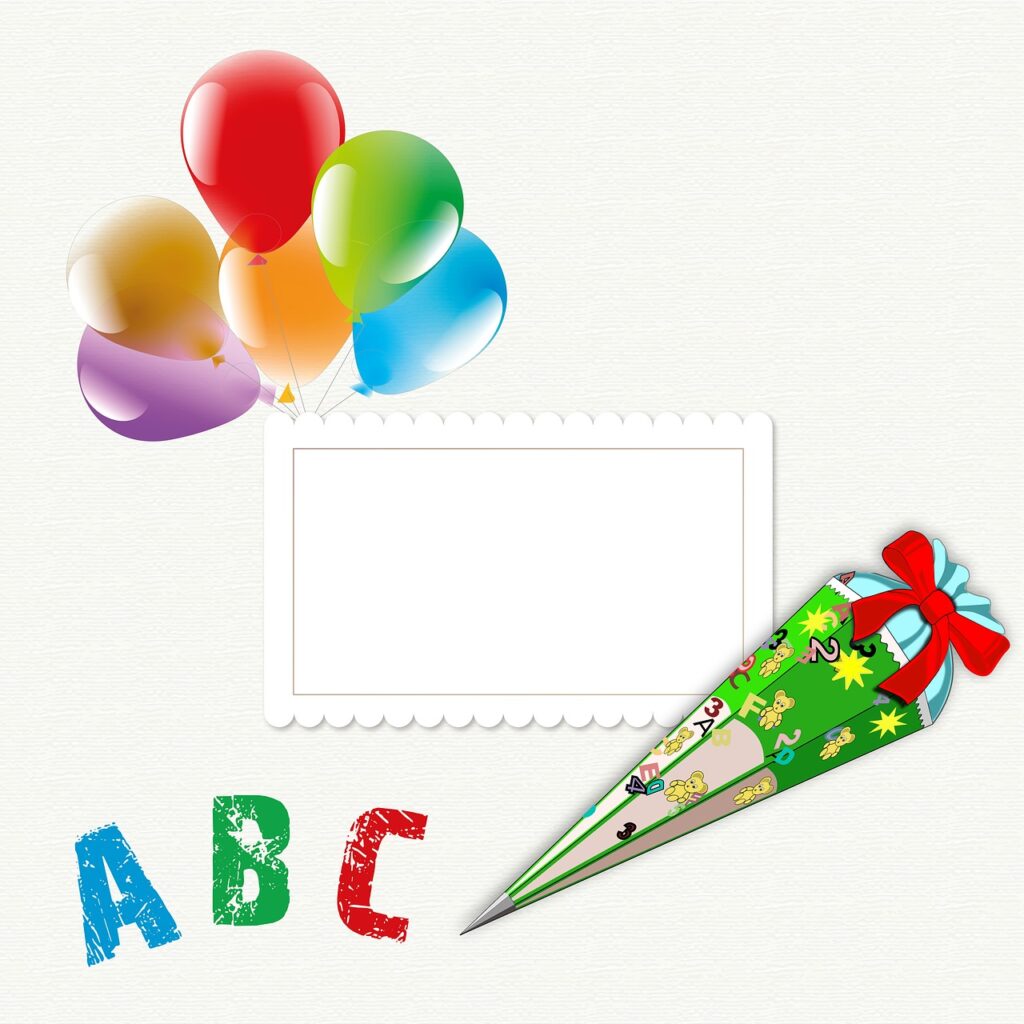

NAMES
What’s your name?
My name is __.
As each child says his/her name, write it down on a big piece of paper or cardboard, to be hung up in the classroom.
Distribute individual name cards to each student


FEELINGS
How are you?
I’m happy/O.K./sad.
Use a piece of cardboard with three different faces on it.
Ask this question at the beginning of each class.


NUMBERS
What number is this?
How many?
Use flash cards to teach numbers 1-10. Clap your hands, and have children identify how many claps they hear. “Grab the ball” game – divide children into two teams, and number them off from 1-10. The
teams stand facing each other. Place a ball in the centre. When you call out a number, the two children from opposing teams race to get the ball first. “Take____steps” game. Have all the children on one side of the room. Stand at the opposite end, with your back to the children. Call out the number of steps to take. The first child to reach you is the winner.


BIRTHDAY
How old are you?
I’m __.
Have all the children’s names written in a large calendar. As each birthday approaches, sing the “Happy Birthday” song.
Divide the children into groups corresponding to their current age (there will probably be two groups). Have each group ask the other “How old are you?” and see which group can give the loudest answer.
English in Kindergarten


COLOURS
What colour is this?
Red/Blue/Yellow/Green/Black/White/Brown/Pink
Use large pieces of coloured paper to teach colours.
Have children identify colours of objects, clothing that you point to.
Play “Fruit Basket” (depending on the size of the class, you might do only 4 four colours at a time). Play “Catch”. Have all children stand at one end of the room. Give each child a piece of coloured paper. Stand in the middle of the room and call out a colour. The children who are
that particular colour try to run to the other end of the room without being caught. If they are caught, they must help you catch the others. Have the “catchers” (including you!) stay on their knees during this game if space is limited. Arrange the children in a big circle. Each child has a piece of coloured paper. When you call out a particular colour, those children must run to the middle of the circle within five (or three) seconds. Count loudly.


STOP/GO
Green=Go
Red=Stop
Play “Red Light, Green Light”. If any child moves during “red light” he or she must go back to the start line.Have all the children stand around the room. When you call “Go!”, they start moving (twirling, jumping, running, etc.). When you yell “Stop!” they must stand perfectly still. If they move, they must sit down


PARTS OF BODY
What’s this?
How many __ do you have?
Head/shoulders/knees/toes/eyes/ears/mouth/nose/feet/legs/arms/hands. Sing “Head and Shoulders” song. When the children know the song well, you can do it very fast, which is a lot of fun.
Play “Simon Says”.
Play “Fruit Basket”.
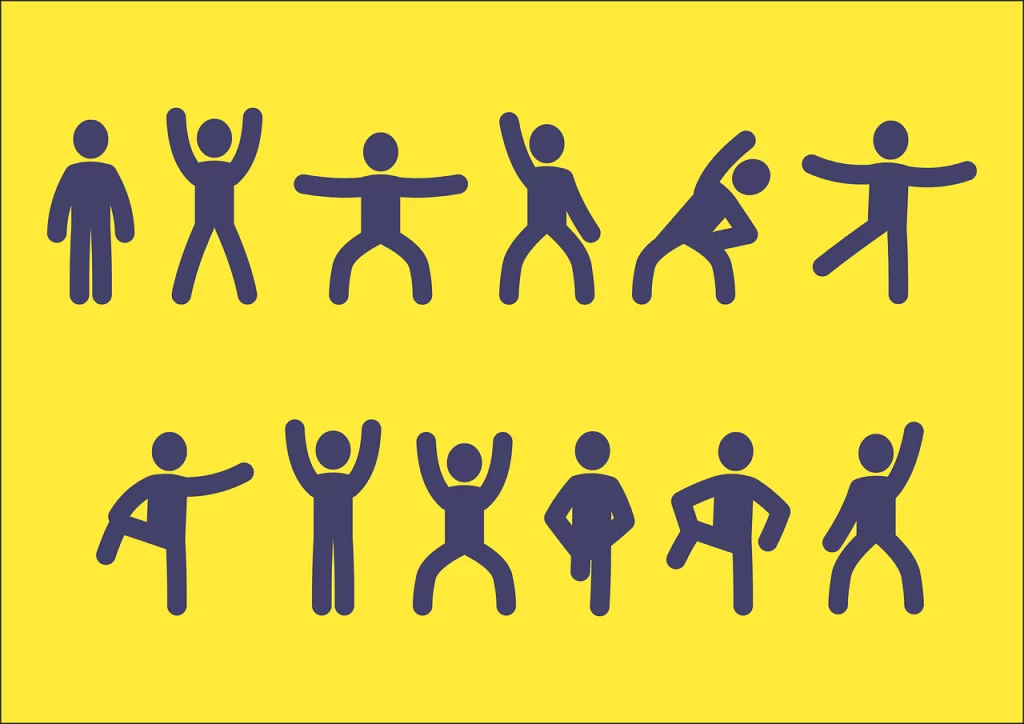

ACTIONS
__ your head/feet/etc.
Touch/clap/shake/stamp/turn around
Play “Simon Says”. Sing “If you’re happy and you know it…”, combining actions with body parts previously taught (e.g. shake your shoulders).
English in Kindergarten


LEFT/RIGHT
Raise your hand. Sing the “Hokey Pokey” song. (“Put your __ foot in…”) You may need to colour-code left/right to help children remember. For example, children hold a piece of blue paper in their left hand, red in their right hand.
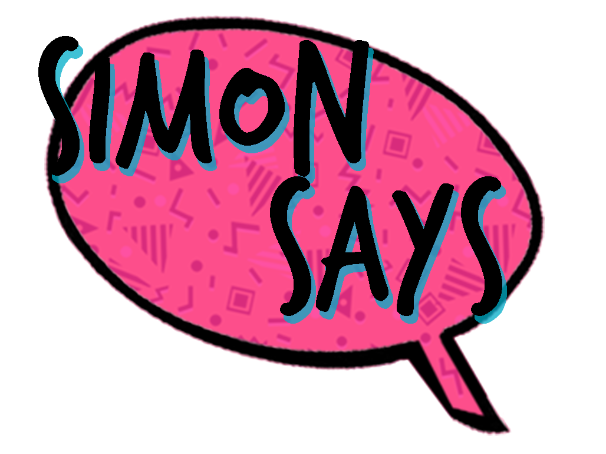

SIMON SAYS PLEASE!
This is a twist on the classic “Simon Says” game. Rather than use the not very useful phrase “Simon Says”, try using “please” instead. If the teacher says “stand up, please,” the kids should stand up. But if the teacher says “stand up!” without saying “please”, the kids should not stand up! Try “Sit down”, “Jump”, “Spin”, “Clap” and best of all, “Smile, please!”. Then try “Smile” (with no please). If the kids smile, they are out.etc.


JUMPING
Call out a number as you jump into the air (if you can do a high vertical jump your kids will be really impressed. The class then jumps and yells out the same number. It is important for the teacher to jump and count first so that the students can hear the correct pronunciation. Once you
think the students have the hang of it you can try jumping together – instead of pausing between jumps try jumping as soon as you land. This is also a sure way of helping your students get rid of excess energy (i.e. use it to deliberately tire them out!).


ROCKET LAUNCH
Once your students are fairly competent with the numbers 1-12 (teaching the numbers 1-12
means that the students will be able to use them in “telling the time” activities), give them a bit of a challenge such as asking them to count backwards, but in the form of a NASA-like rocket count down. Everyone crouches down and holds their hands above their heads like the nosecone of a
rocket. As you count down from 12 you stand up a little higher with each number, and on zero you launch by jumping up in the air. Remember that if your students’ voices aren’t loud enough the rocket will not have enough energy to take off and you’ll have to do the whole thing again.


EGG
Instead of a nosecone, form the shell of an egg with your hands. Do the countdown and on zero, burst out of the shell and fly away like a cute little bird, flapping your arms for added effect.





English in Kindergarten
In conclusion, the introduction of English language learning in kindergarten represents a powerful investment in a child’s academic and personal development. It ignites a passion for learning, fosters global awareness, and equips young minds with valuable communication skills. As we celebrate the successes and potential of English in kindergarten, we envision a future where our little learners grow into confident, culturally aware, and linguistically diverse individuals, ready to take on the world. The journey may start with the ABCs, but it’s a voyage of discovery that will carry them far beyond the classroom.
So, let’s continue to nurture this linguistic adventure and watch as our kindergarteners embark on their path to success.





Also check out these articles on teaching, teaching methods and teaching tools






